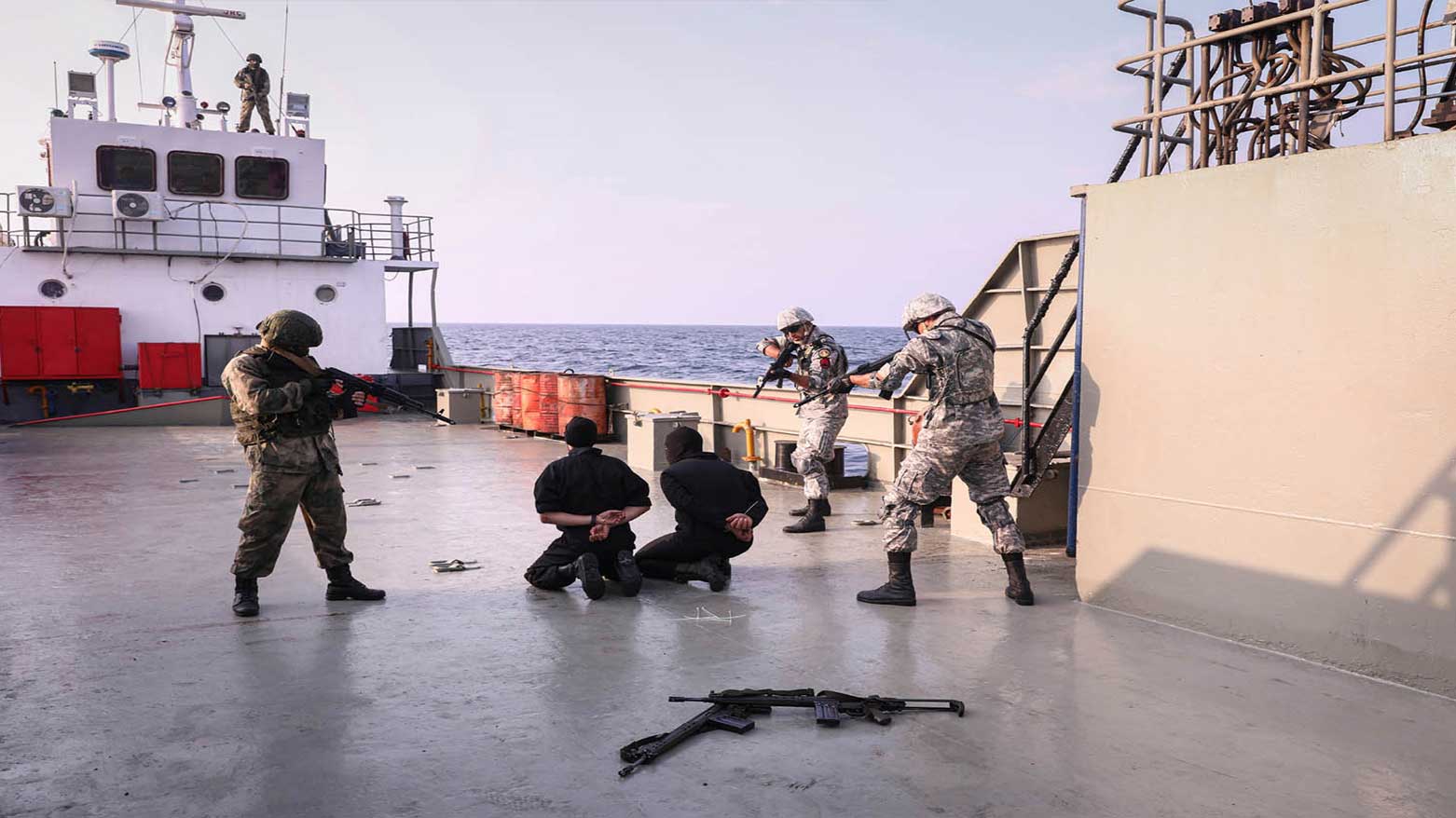Security Belt-2025: A Bold Military Message from Beijing, Moscow, and Tehran to Washington
The Military Drills Will Take Place in Iran's Strategic Waters Near Chabahar Port and Will Focus on Striking Maritime Targets, Damage Control, and Search-and-Rescue Operations.

ERBIL (Kurdistan24) - In a bold demonstration of military cooperation, the Chinese, Iranian, and Russian navies will conduct a joint exercise in March, Beijing’s Ministry of National Defense announced on Sunday.
The exercise, codenamed "Security Belt-2025," is set to take place in strategic waters near the Iranian port of Chabahar. According to the Chinese Defense Ministry, the Chinese fleet will include a state-of-the-art destroyer and a supply ship, reinforcing China’s growing naval reach in the region.
The military drills will focus on key operational strategies, including striking maritime targets, damage control techniques, and coordinated search-and-rescue missions. The ministry emphasized that the exercise aims to bolster mutual trust among the three naval forces and enhance their ability to conduct joint operations.
This high-profile collaboration comes amid rising tensions between the United States and Iran, with Washington repeatedly warning of military action should Tehran advance its nuclear program beyond acceptable limits. Beijing and Moscow’s participation underscores their continued support for Iran at a time when US pressure on Tehran remains at its peak.
Strategic Implications and US Concerns
The upcoming drills send a clear signal to Washington about the deepening military ties between three of its primary geopolitical adversaries. The US has long viewed China's increasing presence in the Middle East with concern, particularly as Beijing strengthens ties with nations that have clashed with American interests.
China’s involvement in the "Security Belt-2025" exercise also aligns with its broader strategy of countering US influence globally. With Washington’s recent warnings about striking Iran’s nuclear facilities, Beijing’s naval cooperation with Tehran serves as a statement of defiance against the U.S. presence in the Middle East. Similarly, Russia’s participation highlights Moscow’s intent to maintain a strong foothold in the region despite its preoccupation with ongoing conflicts elsewhere.
As tensions in the Middle East continue to simmer, this trilateral military exercise adds another layer of complexity to the already volatile geopolitical landscape. With growing fears of a potential U.S.-Iran confrontation, the world will be watching closely to see how these naval maneuvers impact the balance of power in the region.
